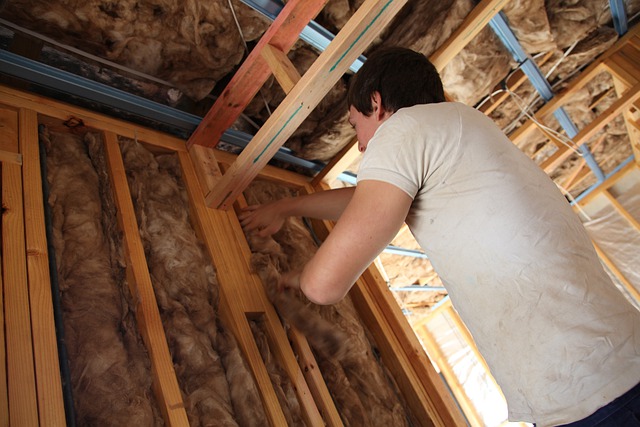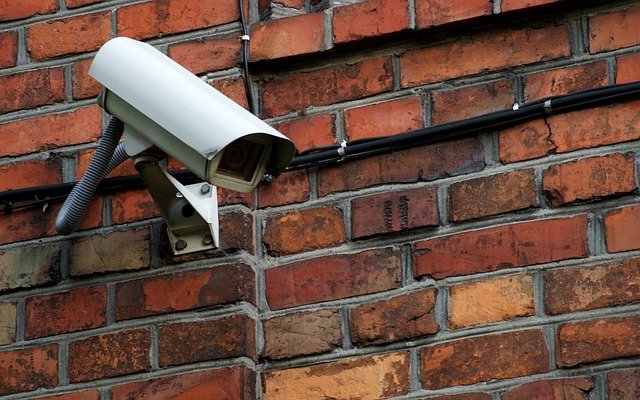The rise of smart home technology has thus far primarily been seen inside the home, from interior baby monitors, dog cameras, and a coffee machine that knows both your brand and the time it needs to start brewing your morning cup of Joe. The list is endless of indoor smart technology and at prices that make it affordable for all. However, what has become apparent throughout the recent technological developments is that the smart home must also include the exterior of the home and overall construction methods if it is to meet its overall stated objective.
Some of this smart technology will include things that you can see and interact with, such as exterior cameras, sprinklers, self-cleaning windows, but the smartest home exterior is one with longevity, green credentials, structural integrity, and beauty all in one. There’s no point in having the latest tech to control heating and cooling if the infrastructure that supports this is not up to standard and cannot be integrated with this smart tech.
The Insulation

The home’s insulation will go a long way to saving on energy costs and will form the basis of a smart home. No matter how green you go, there will be no cost reduction unless you have suitable insulation. The technology around new forms of insulation and long-lasting siding materials with great insulation properties are now available.
From recycled vinyl to repurposed shingles, using them right can go a long way towards smartening up your home. Insulating the home is a key feature of a smart home and keeps the home looking good on the exterior. Then there are the cavity walls and loft spaces that must be efficiently insulated as well. Doors and windows are worth doing if you live in areas of extreme weather, and the generally accepted principle is that the home should be professionally insulated before you think about going green or introducing any smart technology. You are looking for Rock Solid Exteriors, where there are some great ideas in this regard.
Longevity and durability of materials
This is a key factor in designing a smart home. It will be pointless to have the latest technology on the inside of a home that needs structural repairs on an ongoing basis. If it is a new build, it’s important to insist on materials that you know are proven to last, and any remodeling to an existing build must begin to incorporate materials that will add to the longevity and sustainability of the building.
As aforementioned, the tech exists to produce materials that are both green and can last a lot longer than building materials of the past. The aim is to find suitable materials that are durable and will reduce maintenance through their usage. A durable siding that requires painting every five years is thus not as ‘smart’ as using a vinyl product that does not require the painting or maintenance. The durability of building materials and building as a whole which has been a focus in the industry, is now shifting focus to the green residential building market, and the use of materials that will last and are sustainable and green is the end goal.
Sustainability and green credentials
Are predominantly related to industrial and business buildings. Yet, there are several of the LEED or Green building council credentials that also fit with residential living, such as using less energy, water, and overall resources in the running and maintenance of the home. For example, linking greywater to your automatic sprinkler system, garden sensors to measure groundwater content before watering/sprinkler is turned on are the current external examples in use, and these will only become more accessible and cheaper to install. Before you use any recycled water in the garden, ensure that you are aware of local wastewater use regulations in your area.
Remember, it should not require a change to the plumbing system, simply installing a valve and external piping to direct greywater from showers, washing machines, and kitchen use to plants and trees in the garden. This improves resource use, and there are several ways to do this, both with water and electricity. Do your research and improve the home’s green credentials to link to your smart tech.
Security

This has proven to be one of the main smart improvements to the exterior of the home. Cameras linked to your doorbells and, in turn to your smart mobile device or laptop now allow you to answer the door from wherever you have a connection to the internet. Remote access and notification, smart door locks allowing keyless entry are all part of this trend and take tech to the limit to keep you and yours safe in your home. It is an external feature that can be built in from the outset or very easily retrofitted.
Track, monitor, and reduce energy costs
You can do this by using improved windows and walling materials. The less heat that is lost through the glass and unsealed, porous walls, the less money you lose. Glazing has moved on, and double-glazed panes are now thinner and more efficient. There is also tech available to track the amount of energy lost.
Outdoor integrated living
This has been achieved with camouflaged, outdoor speakers for garden entertainment and living. Then there also are porch lights integrated with weather apps for sunset and sunrise, and the lights will not go on unless they are actually needed and will automatically adjust accordingly. The aim is to save as much energy as possible and to be able to integrate your available technology to do this seamlessly and effortlessly.
If smart homes are about using the available technology, then it follows that making use of and being aware of the latest design, materials, and mechanisms for green living are important to incorporate in the notion of such a home. The home’s exterior has not been neglected in the journey towards smart homes, but it has been catered for in a vastly different way. The technology may not be as obvious and apparent as it is on the inside of the home, but it is there. Smart exteriors are about the durability, sustainability, and longevity of materials and the integration and use of such structural materials to improve and enhance the tech on the inside.








